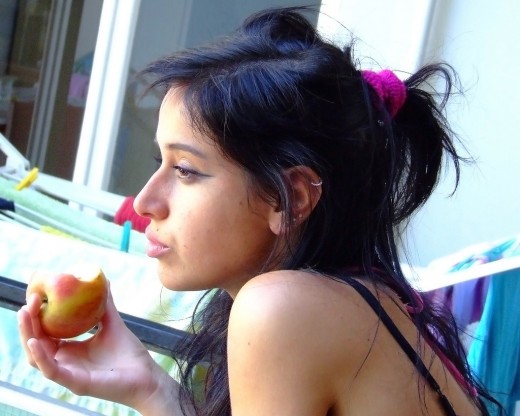Some cultures have considered and still do consider the placenta to be sacred or in some sense "magical". The ancient Egyptians did and the Navajo do. The Maori of New Zealand bury the placenta after childbirth as a symbol of humans' connection to the Earth. This practice of burying the placenta is also done in Cambodia, Costa Rica and Bolivia. It is believed in those cultures to help the health of both mother and baby. In the Ukraine, Transylvania and Japan it is believed the placenta can influence fertility. Some cultures regard the placenta as another baby, such as those in Malaysia, Nigeria, Ghana and Hawaii.
The placenta has been regarded as a life-giving and sustaining force. After all, it was capable of sustaining a life in the womb.
The Vietnamese, Hungarians, Italians and Chinese believe it to have health benefits. In fact, the Chinese have used it as a medicine for several hundred years.
However, the practice of eating the placenta has been very rare in history. Researchers attribute the practice to famine. It just wasn't that common and, I suppose, it is logical to think it came out of something as devastating as famine.
It's an unusual thing to do for humans, but animals generally do eat the placenta after they've given birth. Maybe they're on to something.
Featured image: By Till Krech from Berlin, Germany (man eating woman Uploaded by perumalism) [CC-BY-2.0 (http://creativecommons.org/licenses/by/2.0)], via Wikimedia Commons





 Why Are My Veins So Visible?on 07/15/2020
Why Are My Veins So Visible?on 07/15/2020
 Should Female Backpackers Go on their Own? Why or Why Not?on 07/15/2020
Should Female Backpackers Go on their Own? Why or Why Not?on 07/15/2020
 Why Do BPD Women Lie?on 07/15/2020
Why Do BPD Women Lie?on 07/15/2020
 Why Do My Joints Hurt?on 07/15/2020
Why Do My Joints Hurt?on 07/15/2020


Comments
Interesting. I'd heard of it but didn't know it's common for animals eat placentas. It does make sense for them because, as the video says, it saves them time and energy.